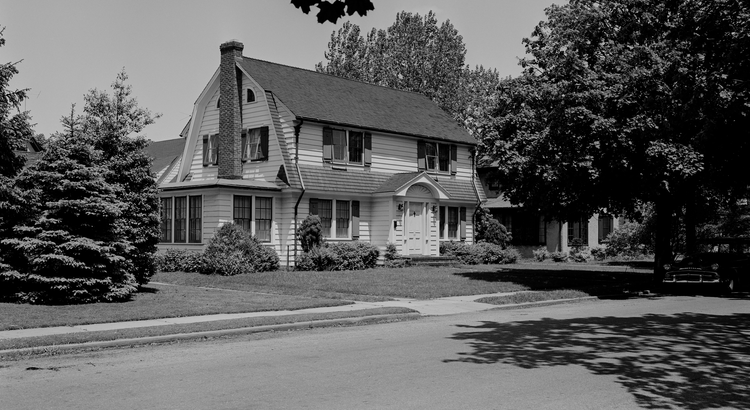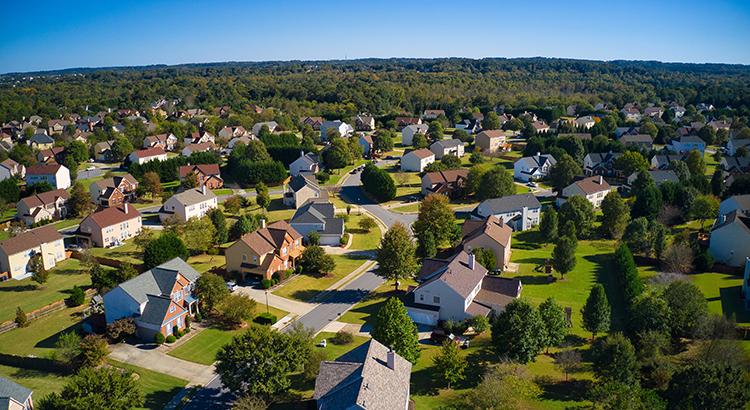How Remote Work Influences Home Buying Trends in 2024
The continuing trend of remote work has significantly influenced home buyers' preferences for location, size, and amenities. Here's a detailed discussion on each aspect:
1. Location:
- Suburban and Rural Appeal: Many home buyers are opting for suburban or rural locations over urban areas. With remote work eliminating the daily commute to city centers, people are seeking larger properties in quieter neighborhoods.
- Affordability and Space: Suburban and rural areas often offer larger properties at more affordable prices compared to urban centers. This attracts buyers looking for spacious homes that can accommodate home offices and lifestyle changes driven by remote work.
- Affordability and Space: Suburban and rural areas often offer larger properties at more affordable prices compared to urban centers. This attracts buyers looking for spacious homes that can accommodate home offices and lifestyle changes driven by remote work.
2. Size:
- Home Office Space: Remote workers prioritize properties that can accommodate a dedicated home office. This might mean an extra bedroom, a converted loft, or a den.
- Flexibility and Multi-use Spaces: Buyers seek versatile spaces that can serve multiple functions, such as a guest room that doubles as an office or a basement that can be used for recreation and work purposes.
- Outdoor Areas: With remote work blurring the lines between work and personal life, outdoor spaces like gardens, patios, or balconies are desirable for relaxation and recreation.
- Flexibility and Multi-use Spaces: Buyers seek versatile spaces that can serve multiple functions, such as a guest room that doubles as an office or a basement that can be used for recreation and work purposes.
- Outdoor Areas: With remote work blurring the lines between work and personal life, outdoor spaces like gardens, patios, or balconies are desirable for relaxation and recreation.
3. Amenities:
- High-speed Internet: Access to reliable high-speed internet is crucial for remote workers. Properties in areas with fiber-optic or high-speed broadband connectivity are favored.
- Community Facilities: Buyers appreciate amenities like community centers, parks, and trails that offer opportunities for recreation and relaxation close to home.
- Home Comforts: As remote work allows more time spent at home, buyers seek properties with upgraded kitchens, comfortable living spaces, and modern appliances to enhance quality of life.
- Community Facilities: Buyers appreciate amenities like community centers, parks, and trails that offer opportunities for recreation and relaxation close to home.
- Home Comforts: As remote work allows more time spent at home, buyers seek properties with upgraded kitchens, comfortable living spaces, and modern appliances to enhance quality of life.
Other Influences:
- Family Dynamics: Remote work has prompted families to reassess their living arrangements. Some seek larger homes to accommodate extended family members or to provide more space for children engaged in remote learning.
- Cost of Living: Remote work opens up possibilities for buyers to relocate to areas with lower costs of living, stretching their budget further for a more comfortable home.
- Cost of Living: Remote work opens up possibilities for buyers to relocate to areas with lower costs of living, stretching their budget further for a more comfortable home.
Market Trends:
The influence of remote work on home preferences is reflected in current market trends:
- Increased Demand in Suburban Areas: Suburban home sales have surged, reflecting a shift away from dense urban centers.
- Rise in Home Renovations: Buyers are investing in renovations to adapt existing homes to remote work needs, such as adding home offices or upgrading internet infrastructure.
- Preference for New Construction: New developments catering to remote work needs are gaining popularity, offering modern designs and amenities.
In summary, the trend of remote work has reshaped home buyers' preferences, driving demand for larger, flexible homes in suburban or rural locations equipped with amenities that support remote work and lifestyle changes. This shift is likely to continue shaping the real estate market for the foreseeable future.
- Increased Demand in Suburban Areas: Suburban home sales have surged, reflecting a shift away from dense urban centers.
- Rise in Home Renovations: Buyers are investing in renovations to adapt existing homes to remote work needs, such as adding home offices or upgrading internet infrastructure.
- Preference for New Construction: New developments catering to remote work needs are gaining popularity, offering modern designs and amenities.
In summary, the trend of remote work has reshaped home buyers' preferences, driving demand for larger, flexible homes in suburban or rural locations equipped with amenities that support remote work and lifestyle changes. This shift is likely to continue shaping the real estate market for the foreseeable future.
Categories
Recent Posts

Why More Homeowners Are Giving Up Their Low Mortgage Rate

The Top 2 Things Homeowners Need To Know Before Selling

Would You Let $80 a Month Hold You Back from Buying a Home?

Why You Don’t Need To Be Afraid of Today’s Mortgage Rates

Planning To Sell in 2026? Start the Prep Now

2026 Housing Market Outlook

Why Home Prices Aren’t Actually Flat

What Buyers Say They Need Most (And How the Market’s Responding)

Why Buyers and Sellers Face Very Different Conditions Today

Why Now May Be a Key 2025 Moment To Sell Your House
GET MORE INFORMATION

